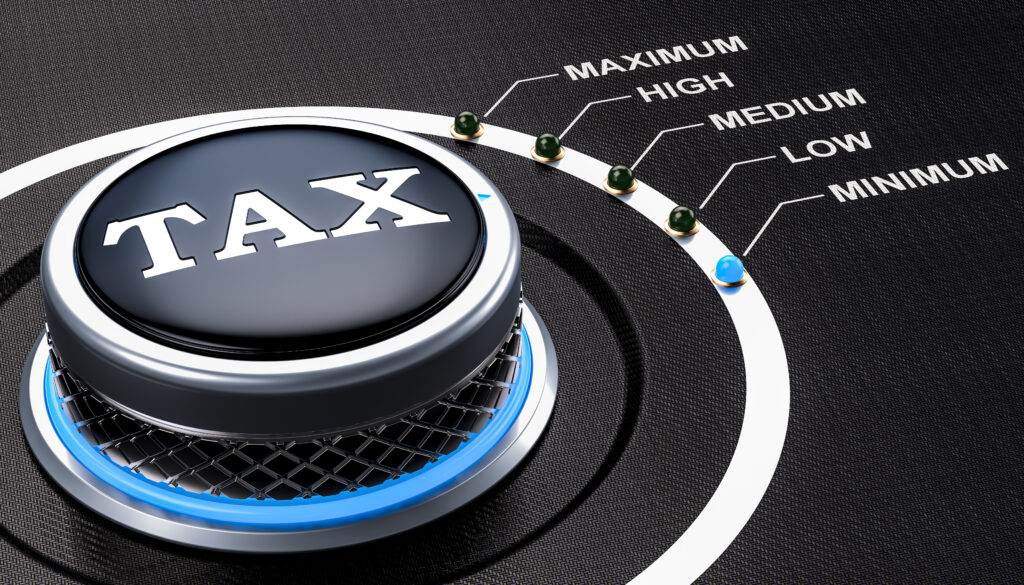Is The U.S. Really a Low-Tax Country?

Many U.S. taxpayers feel that our country’s taxes are too high, no matter which economic class you’re in. Likewise, regardless of which side of the political world you rest, most people would agree that the U.S. tax system needs some serious upgrading, and not just some fine-tuning. However, it appears that compared to many of the other developed countries in the world, the U.S. is actually on the low end of the tax scale.
According to the Organization for Economic Cooperation and Development, some of the most recent numbers show that about 30 other developed economies have higher taxes than the United States. In 2014, the U.S. government collected 26 percent of the gross domestic product revenue, which was way below the average of the rest of the world, which is 34.4 percent.
Of the 30 countries included in the report, there were only three economies that had a smaller tax percentage than the United States: South Korea, Chile and Mexico. Denmark leads the list with the highest percentage; a whopping 50.9 percent, and France, Italy, the U.K. and Germany were all over 30 or even 40 percent as well.
So why do U.S. taxpayers complain so much about taxes, if the country is actually towards the bottom of the list? It’s because the U.S. is the only country on the list that doesn’t use a Value Added Tax, or VAT. A VAT helps supplement revenue from other sources, which raises nearly 7 percent of the GDP in these countries. The U.S., on the other hand, has to count on other taxes to supplement its revenue because it does not have a VAT. And that won’t likely change any time soon.
What do both Goal Failure and Goal Success have in Common?
What do both Goal Failure and Goal Success have in Common? The other day I was asking my 12-year-old son how basketball practice went (he is playing goal success goal failure with a new year-round competitive team), and how he feels he is doing. He said, “Good.” That’s the typical answer I get from him,…
Becoming an Influential Leader
Becoming an Influential Leader Who are the most influential business leaders the world has known? Would it be the CEO of a multimillion-dollar corporation? Maybe it is someone that is not as well known; someone within your community who has set an exemplary example of leadership. Some individuals have innate qualities that make them born…
Agile Stacks | John Mathon
Agile Stacks | John Mathon Transcript Alan 0:02 I’m here today with John Mason. John is the founder of agile stacks and also CEO. John, welcome to today’s show. John 0:09 Thank you. Good to see you here. Alan 0:10 So agile stacks. You know, for the listeners, before we get into the company, let’s…
Venture Capital – The First Meeting
Venture Capital – The First Meeting By Dr. Earl R. Smith II The Acceleration Lane I do a lot of work with companies seeking financing. Whether it is a first-round or follow-on, funding for further research and development or marketing and branding efforts, equity or debt financing, a start-up or mid-market company or financing to…




